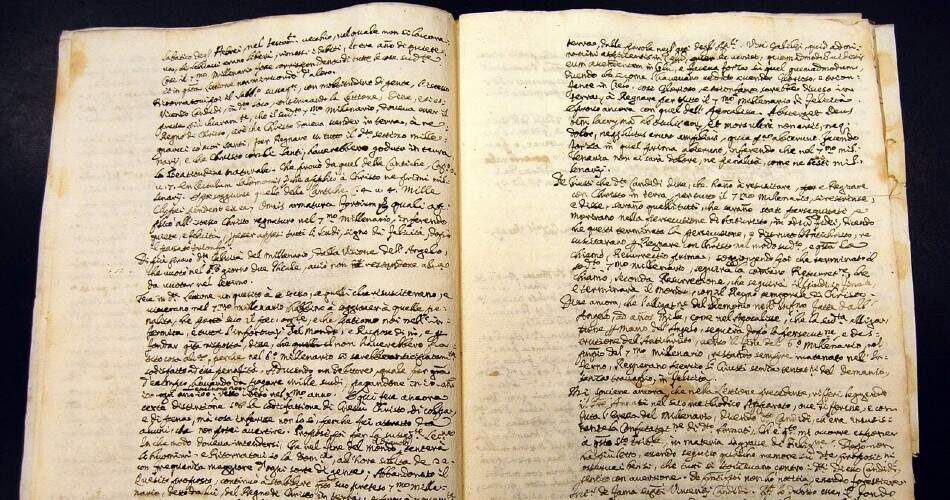Estimated reading time: 2 minutes
The first written translations were those in the Bible and biblical texts translated by Hebrews into their own language, since the Hebrew language was not used.
In the 3rd century BC, Ptolemy Philadelphus, pharaoh of the Ptolemy Dynasty, asked the 72 wise men who ruled the two languages, to translate from Hebrew to Greek the Bible. This version is known as the “Alexandrian version”.
In the 2nd century AD, the Bible was translated from Greek into Latin. This new version was called “Vetus Latina”.
In the 9th and 10th centuries, in Baghdad, the works of ancient Greeks in the fields of science and philosophy were translated into Arabic. This learning has spread across Europe through Spain under Muslim leadership.
Beginning with the 13th century, at Translators’ School in Toledo were made translations from Arabic into Spanish and then into Latin; here began the contribution to the scientific and technological development, which later allowed the entrance of the European Renaissance.
In the 15th century, with the invention of print, Martin Luther translated the Bible into German.
At the beginning of the 19th century, the intellectual activity in Latin America advanced rapidly. The great thinkers of the period desperately searched for their roots and identity. Generally, those belonging to this group of people were the majority politicians and intellectuals who had the opportunity to travel to Europe and the United States, being motivated by their ideals of emancipation and independence. As a result of their desire to share new knowledge acquired outside the continent, translation has proven to be a necessity for this group of humanists. Politics, literature and theater, as well as religious and military texts, were the most translated subjects into Spanish. Also, newspapers, publishing houses and universities have thrived in that period, which have certainly contributed to the development of translation as discipline. The most translated language at that time was French, because French literature and philosophy were booming at the beginning of the 19th century. Later, English became known, though were translated texts into Italian and German. Instead, Latin and Greek have gradually lost the supremacy they have enjoyed for centuries.
In the 20th century, the translation developed with the help of linguists, such as Chomsky.
Nowadays, the translation is applied in all areas with the help of new technologies and tools, making its practice more and more accessible throughout the world.
If you want to find out about written translation, check out our article on this topic: What is written translation?
[Photo from Pixabay]
